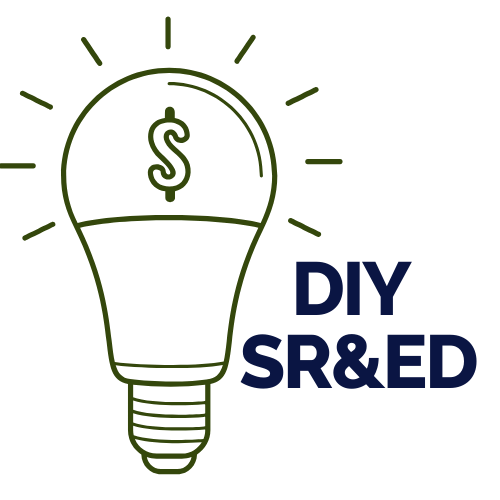
SR&ED Tax Credit FAQ for Canadian Startups
Everything you need to know about claiming your SR&ED tax credit in Canada — eligibility, deadlines, documents, and more.
Got Questions About SR&ED Tax Credit in Canada?
You’re not alone. Here are the answers Canadian founders ask most about SR&ED tax credits, eligibility, filing, and getting the most from your claim.
The SR&ED program helps Canadian businesses recover R&D costs by offering tax credits on eligible work — like building new tech, solving technical problems, or improving products. Read our complete SR&ED guide for Canadian startups.
If you’re working on something innovative — in software, hardware, engineering, or science — and you’re taking on technical uncertainty, you likely qualify. Even early-stage startups can apply. Still have questions? Contact our SR&ED support team.
Canadian-controlled private corporations (CCPCs) can get up to 35% back on eligible R&D expenses. Other corporations may get 15%, plus provincial credits depending on your location.> Learn how to maximize your SR&ED claim in Canada.
Absolutely — that’s the whole point of DIY SR&ED. Our tools guide you through everything: eligibility, documentation, Form T661, and audit prep. No expensive consultants required. Explore our DIY SR&ED services for Canadian startups.
You’ll need: A technical project description
Payroll and time-tracking data
Material costs
Logs, test results, or development notes
We give you checklists to stay organized and audit-ready. See the full list of documents required for SR&ED claims.
Yes — it’s the main SR&ED claim form required by the CRA. But don’t worry, our AI tools help auto-generate and format it for you. Read our detailed T661 Form guide.
A variety of R&D-related costs are eligible under the SR&ED Canada program. These include: Employee salaries directly tied to research and development work
Subcontractor costs, with up to 80% claimable for Canadian R&D partners
Third-party payments to universities, labs, or research institutes (also up to 80% claimable)
Materials used or transformed in eligible experiments
Overhead and indirect costs, which can be claimed using the proxy method (up to 55%)
See the full list of eligible expenses for your SR&ED tax credit in Canada.
Yes! First-time filers are welcome — and we’ll help you step-by-step. You may even get extra support through CRA’s First-Time Claimant Advisory Service. Contact the DIY SR&ED team if you have questions about first-time filing.
Yes — you must file within 18 months of your fiscal year-end. The earlier, the better.
We’re built for founders, not accountants. You stay in control, save thousands in fees, and learn how SR&ED works — with AI doing the heavy lifting. Learn about DIY SR&ED.
Got Some More SR&ED Tax Credit Questions?
Send us a message, we would love to support Canadian startups in SR&ED filing.
